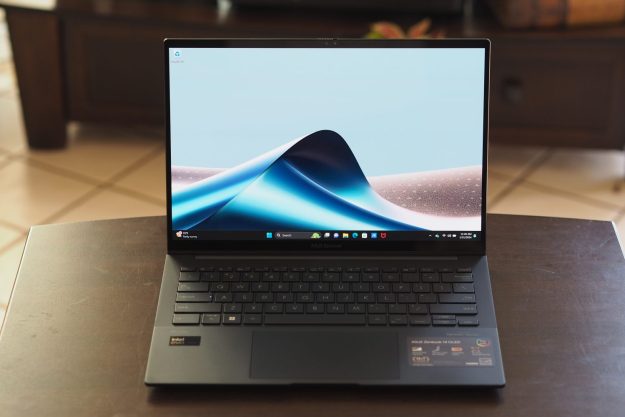With engines such as Unity, Unreal Engine, and Cryengine dominating much of the world of top-tier and indie game development, Amazon is looking to break into a busy market with Lumberyard. Being free from the get go is a good start and in this latest engine demonstration we can see technologies such as specular anti-aliasing, temporal anti-aliasing, and independent transparency in action.
In fact, Amazon is going so far as to claim that Lumberyard is the first engine to directly integrate such features, as per RoadtoVR. While that might be debatable, the demo, shown off as part of Nvidia’s showcase at this year’s Game Developer Conference, does suggest that Lumberyard has some real visual power behind it.
With support for the Oculus Rift, HTC Vive and OSVR headsets and accompanying software, that’s good news for those looking to break into VR game development during its nascent stages.
Feedback on the engine seems rather good so far, though commenters on this particular video did note that because Lumberyard is built from an offshoot of the most recent Cryengine release from Crytek, it does have some hangups from older developmental standards. They do point out that the engine has advanced by leaps and bounds over the past year though, so it is likely to see continued, fast-paced improvement in the years to come.
We’ll have to wait and see whether LumberYard can compete visually with some of the more established engines.
Editors' Recommendations
- Amazon shows off new delivery drone ahead of trial service
- Amazon’s new AR tool lets you fill a room with multiple virtual items
- Sticking to 2D: Don’t expect Xbox Scarlett to support VR




